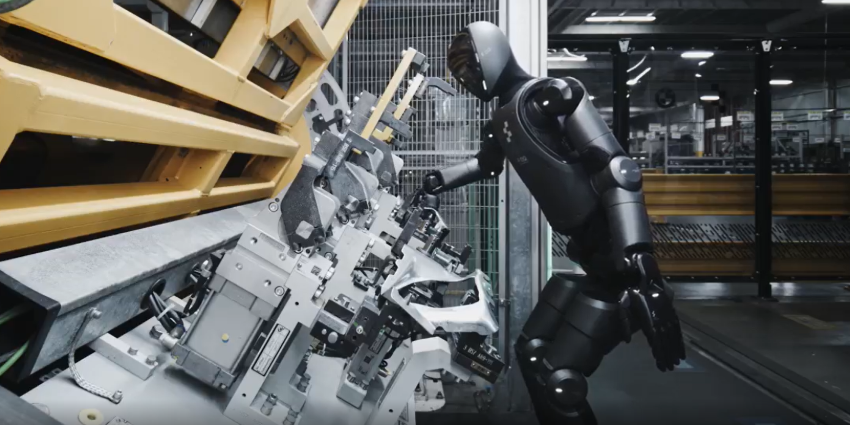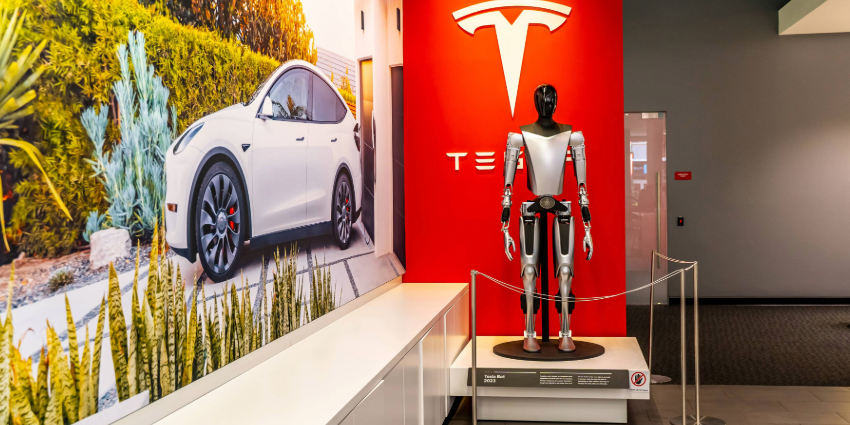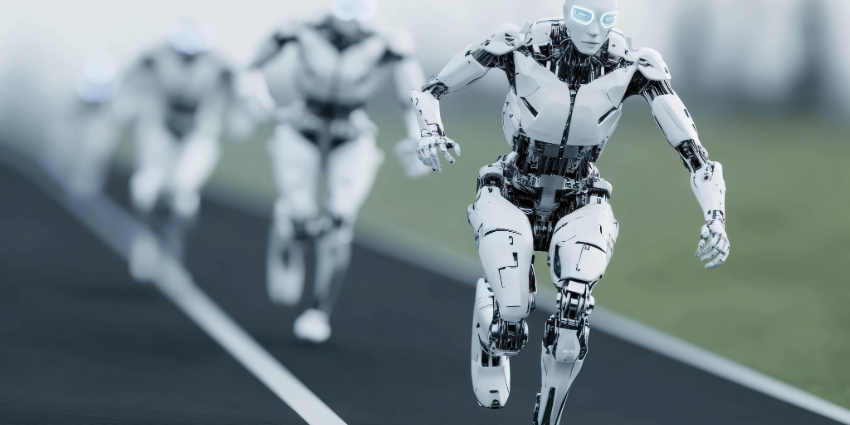Figure has released footage of their humanoid robots hard at work assembling BMWs in the US; showcasing one of the many potential real-world applications of the machines:
It comes shortly after Figure demonstrated how its robots – equipped with cutting-edge ‘Helix’ AI technology – can now walk in a, shall we say, humanlike fashion:
Experts Believe China is Winning the Humanoid Robot Race
But whilst Figure is coming on in leaps and bounds, the broader picture for American humanoid robots isn’t quite as rosy. Analysts warn that U.S. firms could be losing ground to Chinese competitors who are rapidly advancing in this space.
According to a recent report, Chinese companies like Hangzhou-based Unitree Robotics have already begun consumer sales of humanoid robots through e-commerce platforms. Shanghai’s Agibot (also known as Zhiyuan Robotics) has matched Tesla’s ambitious production goal of 5,000 robots this year.
Price competition is a key factor. Unitree’s G1 humanoid robot hit the consumer market at $16,000, potentially undercutting Tesla’s Optimus Gen2, which analysts at Morgan Stanley estimate could cost around $20,000 per unit—and that’s only if Tesla can achieve economies of scale and use cost-effective components from China.
Chinese manufacturers benefit from established supply chains, local adoption opportunities, and strong government support. According to Morgan Stanley research, China has led the world in “humanoid” patent filings over the past five years with 5,688 patents compared to just 1,483 from the United States.
American Response U.S. tech leaders recognize the strategic importance of this emerging sector. Nvidia’s Jensen Huang recently announced a new portfolio of technologies for humanoid robot development, declaring the beginning of “the age of generalist robotics.”
Figure’s ambitious manufacturing facility, BotQ, represents America’s most substantial response to the challenge. With capacity to produce up to 12,000 humanoid robots annually and deals that could lead to “100,000 robots over the next four years,” Figure is focused on practical business applications rather than flashy demonstrations.
Economic Stakes
The race has significant economic implications. Bank of America analysts predict global annual sales of humanoid robots could reach 1 million units by 2030, with 3 billion in operation by 2060. These robots are expected to fill crucial roles in manufacturing and service sectors, potentially addressing labor shortages.
Experts at SemiAnalysis warn that China’s dominance in this field “poses an existential threat to the US as it is outcompeted in all capacities.” They recommend that U.S. players rapidly develop stronger manufacturing capabilities either domestically or through allied nations.
As the competition intensifies, American companies like Figure and Tesla face the challenge of not just developing advanced robots but also building the industrial infrastructure to produce them at scale and at competitive prices—a game that China has already proven adept at playing with electric vehicles.
Whether the U.S. can catch up in this crucial technological race remains to be seen, but the stakes couldn’t be higher for the future of manufacturing, service industries, and economic competitiveness.”







